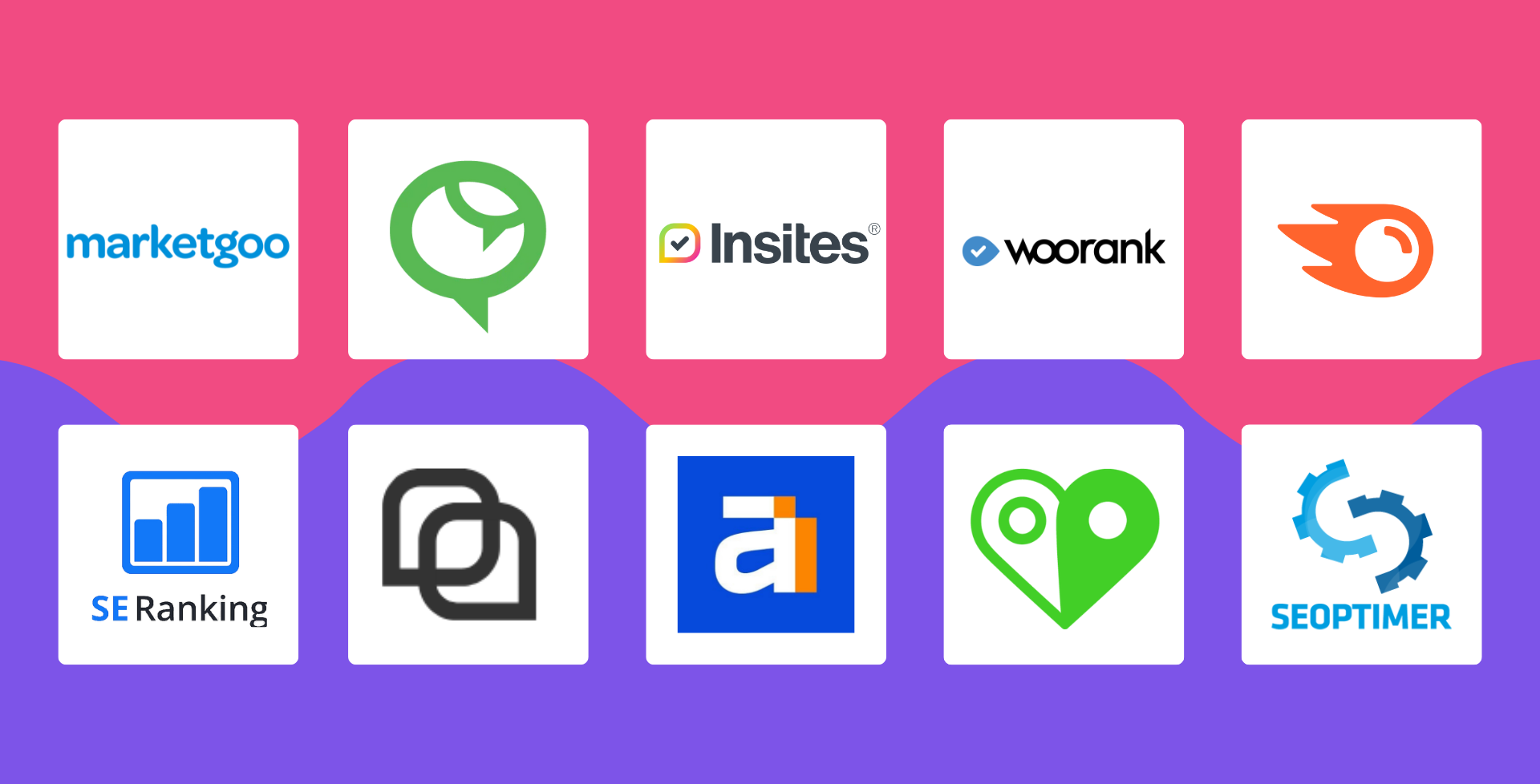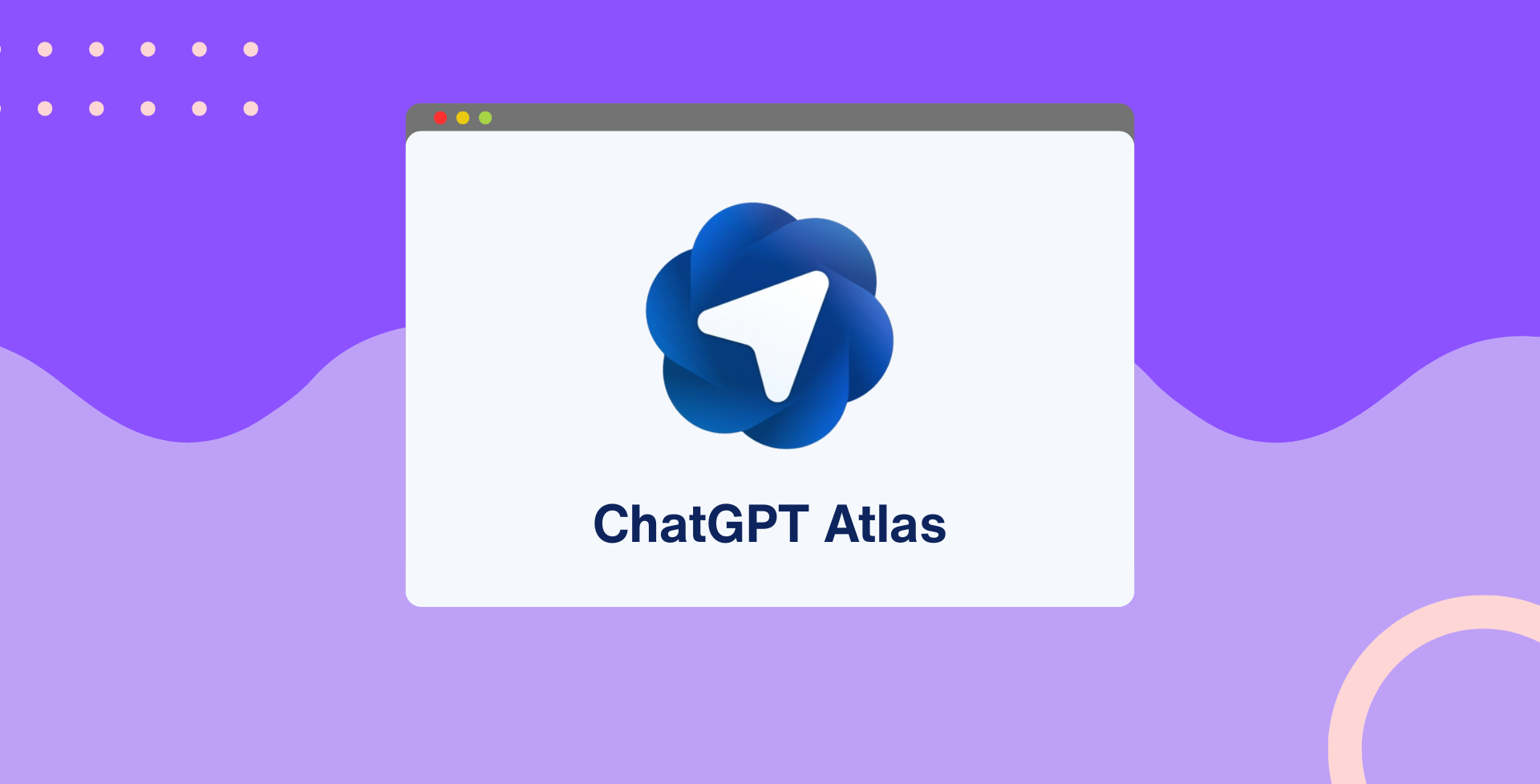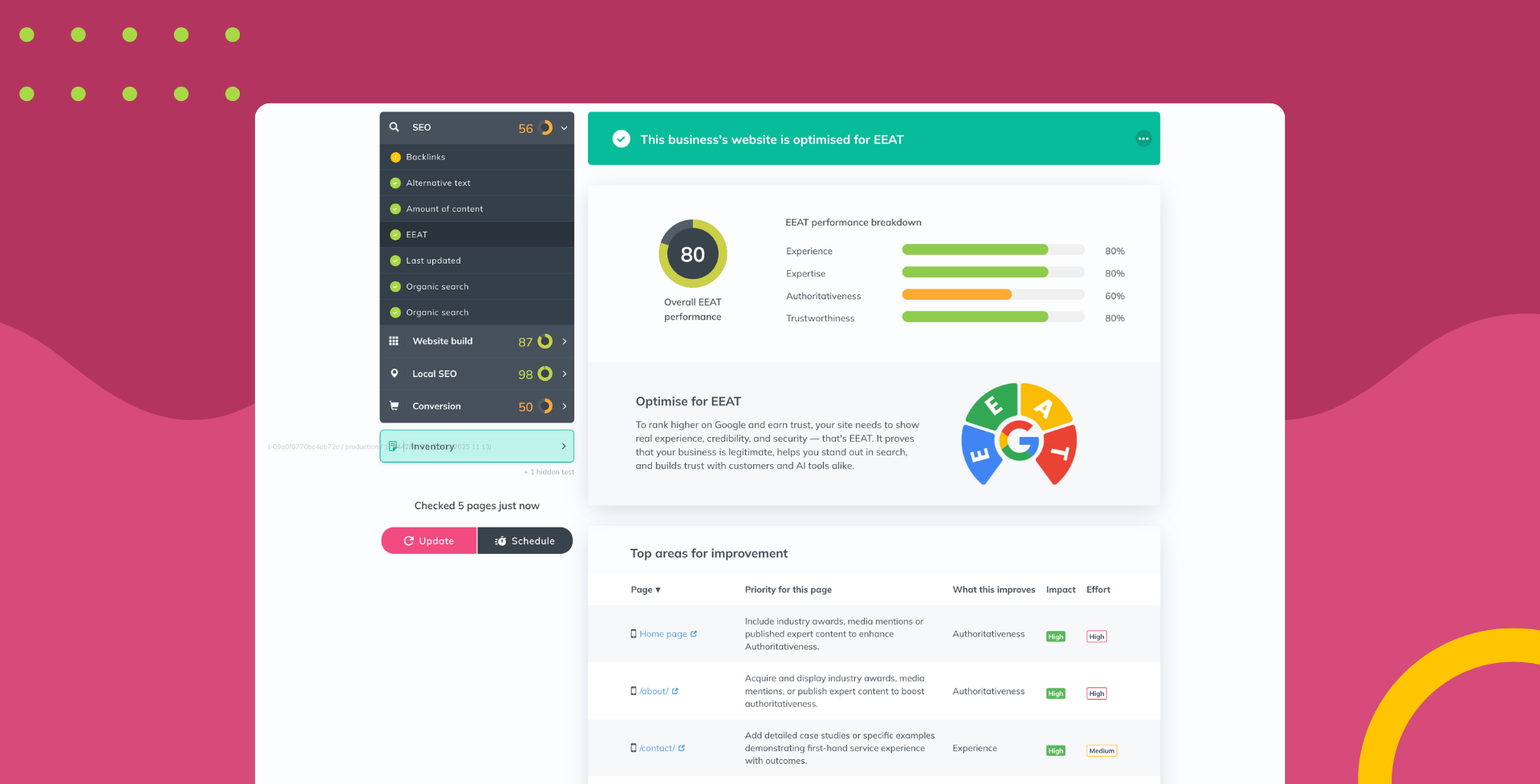The art of effective project management in agency settings (Part 1)
Coral Wood • November 1, 2023
What is scarier than a looming project that hasn’t got a roadmap or timeline? The moment when a client asks to see said roadmap or timeline… Agency owners, you are not alone!
Project management in-house can often fall in the hands of owners or team members, but rarely a fully-fledged project manager.
Let’s be honest, having a project manager in-house is often a luxury and, 9 times out of 10, it sits with you (and that’s why you’ve stumbled across our blog!)
So here’s our guide to the art of effective project management in agency settings.
Why agencies struggle with project management
Agencies are filled with talented, highly-skilled folks. That’s why your customers come to you for support, right? But agency owners and leaders are often spinning multiple plates. Whatever your role, you’ll also find yourself lumbered with project management.
But project management is a skill and specialism in itself, and if you’ve never done it yourself, it’s difficult for you to include project management processes into your growing agency, let alone balance that new responsibility alongside all the other tasks you’re balancing.
However you’ve landed on this blog, it’s likely there’s one of two reasons you’re here: You’re looking to implement a project management process into your agency or your current project management process isn’t working for you, your team or your clientsBefore reading on, it’s well-worth underlining which one of the two it is. But don’t be hard on yourself if it’s 2 – like a good SEO strategy, sometimes it’s important to realise when something’s not working so you can go about improving it.
Insites provides comprehensive audits to support that glittering sales pitch you’re about to write.
They cover everything you need as a marketing agency; SEO, spelling and grammar, accessibility, social presence and more. Plus, they’re ready in just 60 seconds.
What are the key elements of effective project management in agencies?
A lot of project management posts on LinkedIn will have you believe its like an illusive skillset that only some folks can master. Project management can be complex; bigger projects require a skilled project manager. But as the old saying goes, every couple becomes a project manager when it comes to planning a wedding… That’s because effective project management relies on a few key elements that anyone can adopt:
Clear project goals and objectives
Your project goals will ultimately be whatever you’ve promised your client, and this should include (1) a clear deliverable and (2) a deadline.
For example, your clear deliverable could be producing and launching a new website and the deadline could be 6 months from when the contract was signed. This is the easy part. But objectives are something that defines success to your client. Sure, you can deliver your goal (a new website) and you can deliver it on time, but if the website doesn’t meet your client’s expectations, then it’s not going to hit yours or your client’s objectives.
So as a first step of project management in an agency, it’s important that you iterate to everyone not just your project goals, but your objectives too. All too often, the people who are speaking to the client only reiterate the goals – so the objectives (and longer-lasting value) get lost in translation causing more stress, a potential project delay, or worse, an unhappy client.
Planning and scheduling
Whether you use project management specific tools like Monday.com or Linear, team collaboration tools like Trello or Notion, or simply host it on a classic spreadsheet document, it’s important to ensure you plan and schedule your projects.
In your plan, you should have a list of all your key deliverables or project milestones. For a new website, the milestones may include developing a wireframe, getting sign-off on initial designs, or migrating content. Essentially, your milestones should include all of the key elements that need to be completed (or stages that need to be reached) before you sign-off and deliver the project.
Scheduling then lays over your milestones; now you know what you want to achieve, it’s time to apply realistic deadlines. When we say realistic deadlines, we mean giving yourself a buffer of at least 4 weeks to account for illness or absence in the team and client re-considerations, and so on.
Resource allocation and management
How are you managing you and your team? All too often, projects go out of scope (see also: spiral out of financial control) because we haven’t thought about managing or allocating resources effectively. When we talk about resource, we mean in terms of team, software, and most crucially, time. Thinking about who you’re allocating where, how much time they’ll require, and whether they have the software they need to hand is important.
For example, we often hear from agencies who allocate jobs based on who’s available. But when we do this, and a new project that needs jumping on straight away comes up, you can find yourself having to divide senior member’s of the team’s time on multiple projects. Or worse, you have to pull them off one project completely (and that won’t go down too well with your client.)
Financially, this doesn’t make sense either. When allocating project work, you want to put make sure your project requirements are matched by your financial requirements.
If your clients project requires, in your opinion, a senior team member, make sure you’re charging for that. Why? Because while you may charge the same hourly rate across projects currently, you’re not paying your team member’s the same wage…
Effective communication and collaboration
So you’ve got a clear idea of what you’ve planned, your schedule, your resources set in stone – now it’s time to communicate it all and work together effectively. Rightly so, communication comes before collaboration. Whether it’s just you or your whole team working on the project, make sure you are documenting every step of the work.
From where to find the passwords to what the goals and objectives actually are, it’s important to document your project and make sure anyone can pick it up at any time.
Once you’ve nailed communication, collaboration can come together. So first things first, start with a kick-off with all team members who are involved in the project. Run them through all of the information you’ve documented, your plan, deadlines, and what your expectations are so that everyone is on board from day 1.
Who should (and how to) lead your agency’s projects
Who leads your projects is either you (as you’re the one who ended up reading this blog, well done for being proactive!), a nominated member of the team, or a shared responsibility. We understand that this may not have been the answer you were looking for. However, let us break down why you need to really think about this one.
- The agency owner
It makes sense, in the early days that is, that the agency owner is the project leader. As an agency owner, you’ll know about what services you offer, what your selling to your clients, and how to delivery the most on-brand experience.
However, this only applies to small-scale teams – once you have more than 3 team members, it’s time to delegate. So whether it’s a team member or a nominated few depends fully on your team size. If you’re a team of 4 to 10, you probably have an account manager or two and they should be your project manager as they’re the bridge between your agency and your client.
- The nominated team member(s)
So whether it’s a team member or a nominated few depends fully on your team size. If you’re a team of 4 to 10, you probably have an account manager or two and they should be your project manager as they’re the bridge between your agency and your client.
However, if your team is 10+, you should at least have a few account managers or even an operations manager who can step up to the helm. Though they’ll be balancing project management with their other responsibilities, being close to the client and the inner-workings of your agency (and it’s processes) is a sure-fire solution.
Whoever you pick for your project management lead, you need to make sure they are equipped for the role. So if they’re not skilled in project management, make sure to put education opportunities in place so they can up skill and confidently fulfil the role.
Ready for part 2?
In wrapping up, it’s clear the first part of your project management strategy is to make sure you have the right people in the right place. It requires clear goals and objectives, proper planning and scheduling, effective resource allocation, and strong communication and collaboration. But as you’ll find out in part 2 , it also requires the ability to manage client expectations and adapting to change.



























